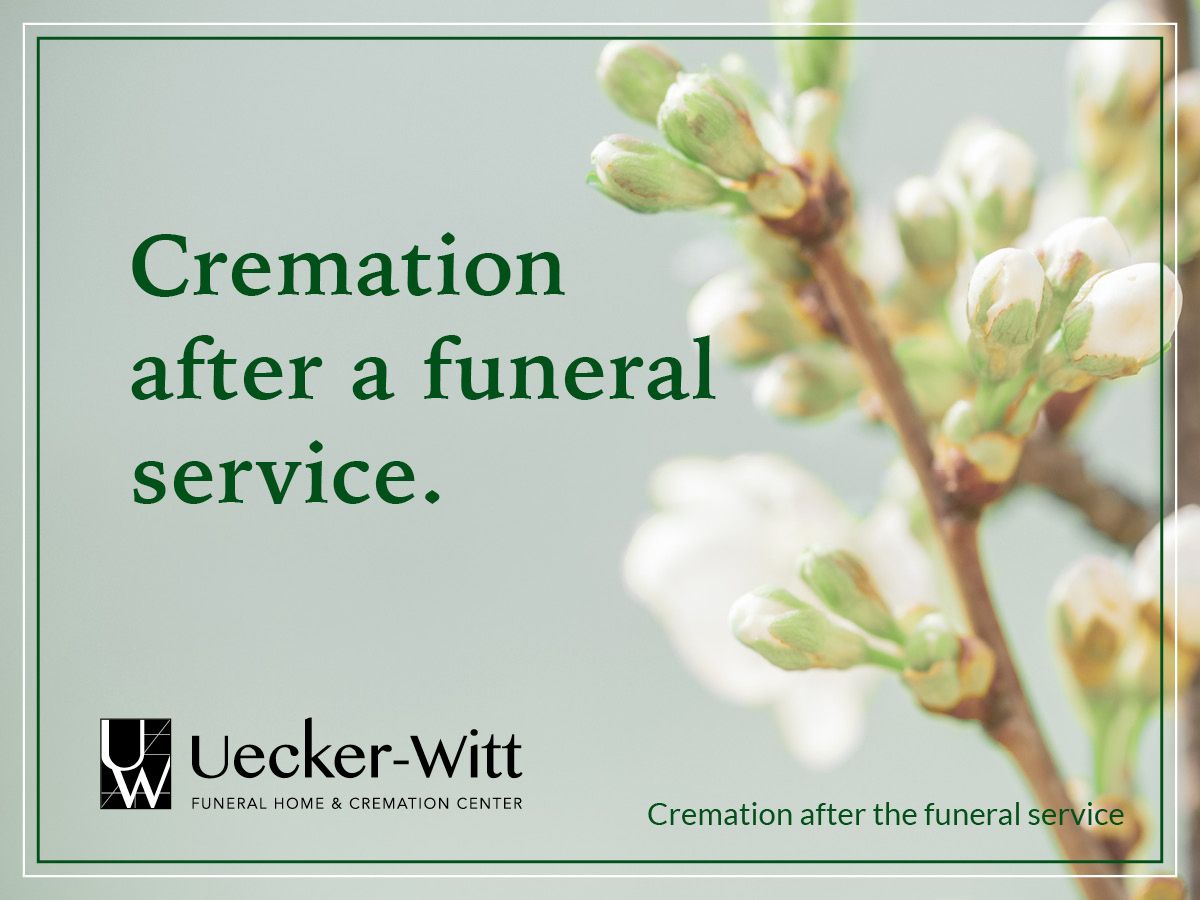Driving by a Funeral Home
Imagine you’re driving past a funeral home. As you approach, you can see people dressed in mourning clothing coming out of the facilities and climbing into their cars or limousines. But just before you drive by, those vehicles begin to pull out of the funeral home’s parking lot. You’re now encountering a funeral procession. So, how can you treat this important ceremony with the respect it deserves? Although many states have different rules when it comes to driving around funeral processions, here are the general rules of the road when you spot one.
What to Do When You Encounter a Funeral Procession
1. Yield the right of way.
Generally, funeral processions have the right of way. It’s important to obey this guideline as it may just prevent an accident. In many states, a funeral procession may go through a red light if the lead car has already crossed into the intersection. Because a funeral procession may operate under different rules from other vehicles on the road, it’s essential to exercise caution when driving around one.
Not only is it respectful to yield the right of way to ensure that the procession stays on time and all together, but it’s also better for both their and your safety. Just as you would yield the right of way to an emergency vehicle, you should yield to a funeral procession.
2. Do not cut in.
It’s extremely disrespectful to cut into a funeral procession. In some states, doing so is actually illegal. A funeral procession is a ceremonial event in which people are mourning. You should not do anything that interferes with this ceremony. Also, the drivers will not expect you to cut in, which may mean that they won’t be looking out for your vehicle. A collision may end up being the result. If you need to take an exit on a highway and cutting in is your only option for reaching it, you should wait to take the next exit.
3. Do not pass the procession.
Just like you shouldn’t cut in, you also shouldn’t pass a funeral procession. And just like cutting in, it’s illegal to pass a funeral procession in some states. Speeding up to pass a funeral procession may cause an accident. You may pass if you’re on a highway with two or more lanes going in the same direction. You should only ever pass on the right if the procession is traveling in the far left lane.
4. Look for the last car in the procession.
Most often, the last car in a funeral procession must have its hazards on. It also may be marked with two flags to designate its status. To ensure that you don’t mistakenly cut off a funeral processional, keep an eye out for the final car’s markings.
5. Do not tag along.
When you do spot that final car, do not decide to join the procession. Because a funeral procession can move through traffic with certain restrictions lifted, some drivers, unfortunately, believe that they can simply join the mourners and receive the same treatment. But just as you shouldn’t tail an emergency vehicle to get to your destination faster, you shouldn’t tag along when you see a funeral procession. Not only is it very disrespectful, but it’s also not likely to work. The last car in the procession is marked as the final car. You may be pulled over if you’re spotted trying to tag along. Doing so is considered interfering with the procession, and it’s illegal in some states.
6. Pull over if you’re able.
Most often, the best thing to do when you see a funeral procession is to pull over. It’s safer to allow the procession to pass without any potential obstructions. However, it’s not always possible to pull over. If you are on a road with the space to pull off to the side, you should do so and wait until the procession has fully passed.
7. Wait patiently.
Whether you’re pulled to the side of the road or simply waiting at an intersection for the procession to pass, you should always wait patiently. Do not honk, yell, or make gestures, even if you’re frustrated that the procession is taking a while. Remember that the people in these vehicles are mourning the loss of a loved one. Even if you want to make a gesture of support, it’s best to wait silently and patiently instead.
It can be frustrating to get stuck behind a funeral procession. But it’s important to remember that it’s only a minor inconvenience in comparison to the situation the people in the procession are dealing with. They’re grieving the loss of a loved one. The day of a funeral is often difficult, and the last thing the mourners should have to face on such a day is someone causing an accident because they tried to cut the processional off. You should always be respectful to a funeral procession, both out of kindness to the mourners and for the sake of safety for everyone.















